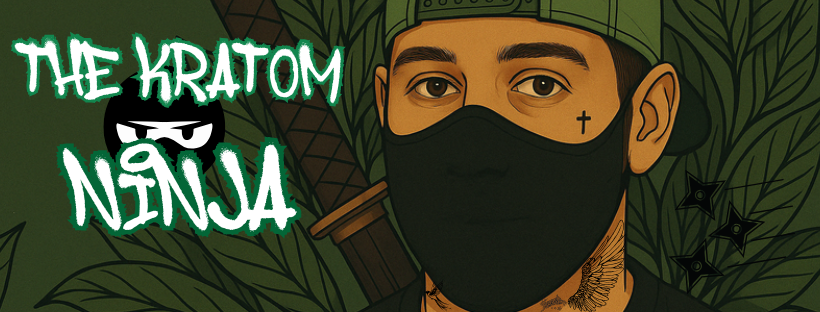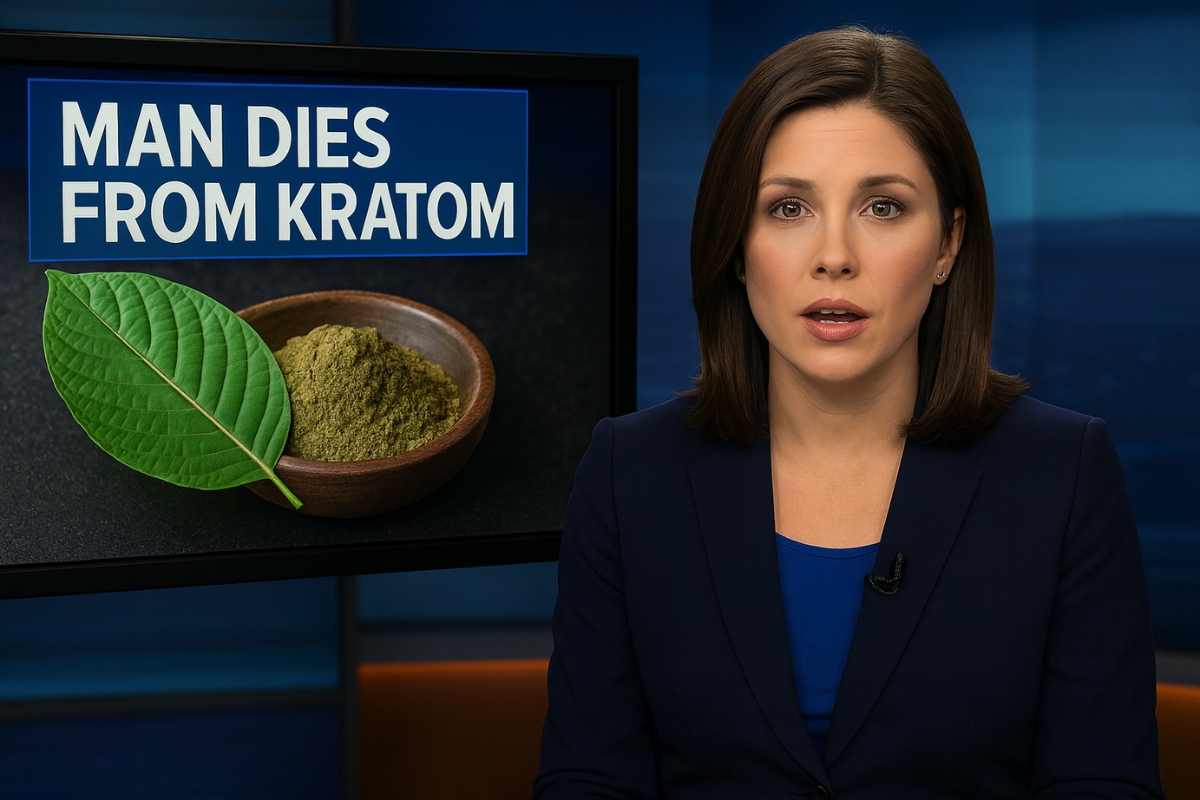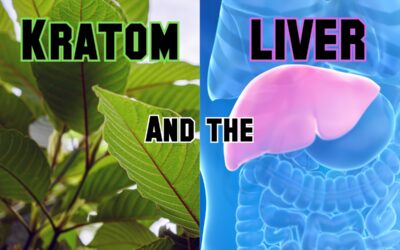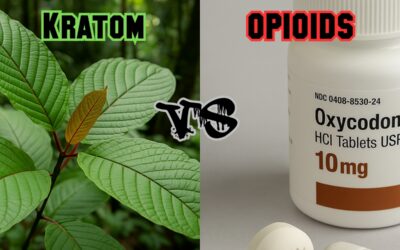Kratom Use In Southeast Asia
Kratom has been used safely in Southeast Asia for more than a thousand years. Farmers, laborers, and everyday people have chewed the leaves or brewed them into tea for generations — without a single documented death caused by kratom. Don’t just take my word for it — type into Google: “Has anyone ever died in Southeast Asia from kratom?” The answer is no.
And yet, here in the United States, headlines constantly warn about so-called “kratom deaths” and “kratom overdoses.”
So what’s really going on? Has kratom somehow become dangerous the moment it crossed into the U.S.? Or is there more to the story?
Kratom Toxicity vs. Caffeine: What Science Really Shows
When it comes to toxicity, the science paints a clear picture:
- The LD50 of caffeine (the dose that kills half of test subjects) is about 367 mg per kilogram. In animal studies, that amount in a single serving was enough to kill rats. https://pubmed.ncbi.nlm.nih.gov/27461039/
- Researchers gave rats 500 mg per kilogram of mitragynine — kratom’s primaryalkaloid — every day for 28 days straight. No deaths occurred. https://pmc.ncbi.nlm.nih.gov/articles/PMC4470260/
- In another study, rats were given the equivalent of 400 times more kratom than any human could reasonably consume. Again — no deaths.
By every toxicological standard, kratom is far less dangerous than caffeine — a substance millions of people consume daily without a second thought.
Johns Hopkins Study on Kratom Safety
According to research from Johns Hopkins University, the risk of overdose death is 1,000 times greater for opioids than it is for kratom. https://pubmed.ncbi.nlm.nih.gov/31647958/
That’s an astounding difference. Yet opioids are prescribed daily in the U.S., while kratom — a plant from the coffee family — is under constant scrutiny and threat of bans.
Why No Deaths in Southeast Asia, But Deaths in the U.S.?
If kratom is safe in its native countries, why do U.S. reports claim otherwise? The answer lies in
context:
In Southeast Asia, kratom is consumed in its pure, natural form — fresh leaves harvested, dried, and brewed into tea. Here in the U.S., the picture looks very different. Many products are adulterated or contaminated, and synthetics that don’t exist in nature are sold alongside pure leaf powder. Some reports have claimed that people died from kratom extracts. But here’s the critical question: was it really the kratom — or the way the extract was made? In some cases, extracts are produced in home settings with improper solvents like methanol, isopropyl alcohol, or acetone. These chemicals are toxic on their own and can leave behind harmful residues if not processed under professional, lab-grade conditions.
There’s also a major difference in how kratom is used. In Indonesia, kratom is typically taken on its own. In the U.S., many people who show kratom in their system also have opioids, benzodiazepines, alcohol, or synthetic drugs present, which muddies the waters when it comes to assigning cause of death.
Then there’s the issue of forensic practices (we dive deeper into this below). Many local coroner offices in the U.S. are chronically underfunded and lack the equipment needed to detect fentanyl analogs or newer synthetic drugs. If kratom is found in the home of someone who has died, it’s often the only substance tested for. And if it shows up in the blood — no matter how small the amount — it gets listed as the cause of death. Of course kratom ends up being “the only thing found” — because it was the only thing tested for. Meanwhile, other substances, including well-known deadly drugs, are never reported simply because no one looked for them.
In 2019, the CDC released a report on kratom-related deaths across 27 states. Out of 152 cases where kratom was detected, 149 also involved other substances — usually opioids, fentanyl, or benzodiazepines. Only seven were listed as “kratom only,” but even in those, the CDC admitted that other drugs may not have been tested for.
Now let’s put that in perspective. Even if we take those seven cases at face value, researchers estimate that 15–20 million people in the U.S. use kratom. That means the so-called “kratom-only deaths” represent somewhere between 0.000035% and 0.000046% of users.
That’s not proof that kratom is deadly. It’s proof that the risk of a “kratom overdose” has been massively overstated by headlines that ignore the bigger picture.
The Sweden Example: Nine “Kratom Deaths” That Weren’t
This pattern isn’t limited to the U.S. In Sweden, nine deaths were initially reported as being caused by kratom. Headlines around the world echoed the story of a supposedly deadly plant.
But investigators later discovered the truth: those products weren’t kratom at all. They were adulterated with O-desmethyltramadol, a dangerous synthetic opioid. The fatalities were caused by the hidden additive, not by kratom itself.
To this day, some critics still cite the “Sweden deaths” as evidence against kratom — even though they prove the exact opposite: the risk comes from contamination, not the plant. To this day, these 9 deaths are still attributed to kratom according to the U.S. FDA.
Forensic Failures in the U.S.
So why does kratom get blamed in the U.S. when it hasn’t caused deaths in Southeast Asia? A big part of the answer lies in our forensic system.
I was in attendance at the state capitol during a Congressional Briefing on Kratom Science and Policy, where I listened to Dr. Marilyn Huestis of Thomas Jefferson University — one of the top forensic toxicologists in the country. She explained that many local coroner offices in the U.S. are chronically underfunded and simply don’t have the equipment to test for novel psychoactive substances or fentanyl analogs.
Dr. Huestis pointed out something shocking: if kratom is found in the home of a deceased person, it is often the only substance tested for. And if it shows up in the blood — no matter how small the amount — it gets listed as the cause of death. I’m no rocket scientist, but that doesn’t add up.
Unlike local coroners, Dr. Huestis does have access to advanced testing equipment. She reviewed blood vials from cases that had been labeled as “kratom-only deaths, ” and in every single one she tested, hidden substances turned up — fentanyl analogs or synthetic drugs that local labs had completely missed.
When she later requested more blood vials to continue her review, she was told the remaining samples could no longer be found. They had just magically vanished.
Her findings expose a disturbing flaw in the way kratom deaths are reported: coroners without the tools to see the full toxicology picture end up blaming kratom simply because it’s the only thing they tested for — while the real culprits slip through undetected.
Causation Does Not Equal Correlation
Dr. Jane Babin, an attorney and molecular biologist, testified before Congress and authored several white papers on kratom science and policy. Her testimony underscored a basic but critical truth: causation does not equal correlation. Just because kratom is found in someone’s system does not mean it caused their death.
Many so-called “kratom deaths” collapse under scrutiny. Some cases involved people who died from completely unrelated causes — a gunshot wound, a car crash, even a parachuting accident — yet the presence of kratom in the body was enough to see it blamed in reports. One case even made nationwide news under the headline “Man Dies From Kratom, ” when in reality the individual died in a car crash. Is that honest reporting?
Others were classic poly-drug cases, where fentanyl, opioids, benzodiazepines, or alcohol were also present. In fact, fentanyl — one of the deadliest substances on earth — has shown up repeatedly in blood samples from cases still labeled “kratom deaths.”
And in at least one “kratom-only” case, the individual had a long history of methamphetamine use, was severely overweight, and had serious heart issues. Those factors alone would put anyone at high risk — yet kratom was singled out as the cause.
Dr. Babin’s testimony and research make it clear: the way kratom deaths are recorded is deeply flawed, often confusing presence with causation and ignoring the bigger medical picture.
When Families Fight Back
Even families who have lost loved ones have spoken out against the way kratom deaths are recorded. At a policy discussion, Mac Haddow of the American Kratom Association shared the story of a mother whose son’s death had been labeled as a “kratom death.”
The coroner’s office knew he had taken kratom, so they automatically listed it as the cause. But his mother knew the truth — kratom had actually helped save his life in the past by keeping him away from more dangerous drugs. She refused to accept the official explanation and pushed for independent testing.
The results confirmed her instincts: her son had sadly relapsed, and his system contained deadly, known opioids — not just kratom. The coroner’s original report had ignored those substances completely, focusing only on kratom because it was the easiest scapegoat.
Her fight back shines a light on the broader issue: when coroners automatically blame kratom without full testing, families are left not only with grief but also with misinformation about what really happened.
Compassion for Families
My heart goes out to anyone who believes they lost a loved one to kratom. Losing someone you love is devastating, no matter the circumstances. Those families deserve respect, compassion, and a voice in the conversation.
At the same time, we owe it to them — and to the public — to look carefully at the data. The evidence consistently shows that in case after case, kratom was not the true cause, but rather part of a much bigger and more complicated picture. Respecting families means honoring their grief, but it also means telling the full story so that misinformation doesn’t continue to spread.
The Real Story
For more than a thousand years, kratom has been used daily in Southeast Asia without a single death caused by the plant itself. Modern studies show it is less toxic than caffeine, far less dangerous than opioids, and even at extreme doses does not cause fatal outcomes in animal research.
The U.S. “kratom death” numbers don’t prove kratom is deadly — they prove how flawed reporting and underfunded forensic systems can distort reality.
The truth is simple: kratom is not the killer. Misinformation is.
The Kratom Ninja
TikTok: @kr8tomninja







Amazing article! Thank you Jordan for keeping us informed and armed with information.
Very well put 👏 👏👏
Thank you so much for everything you do. 🍃☕️💚